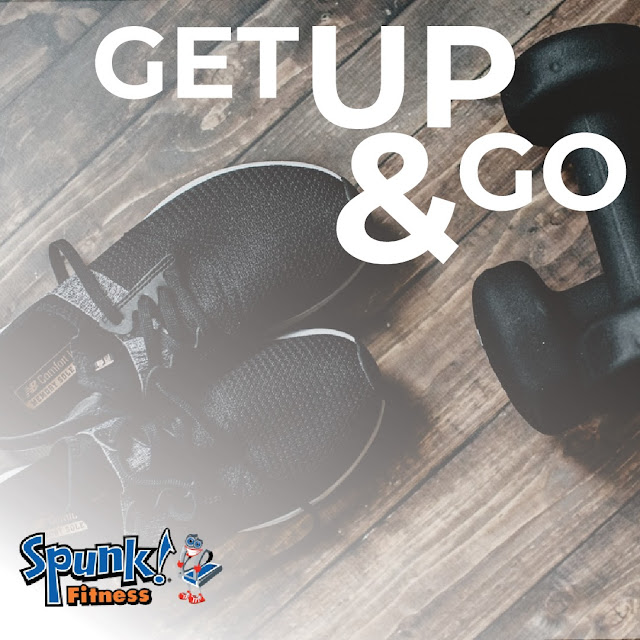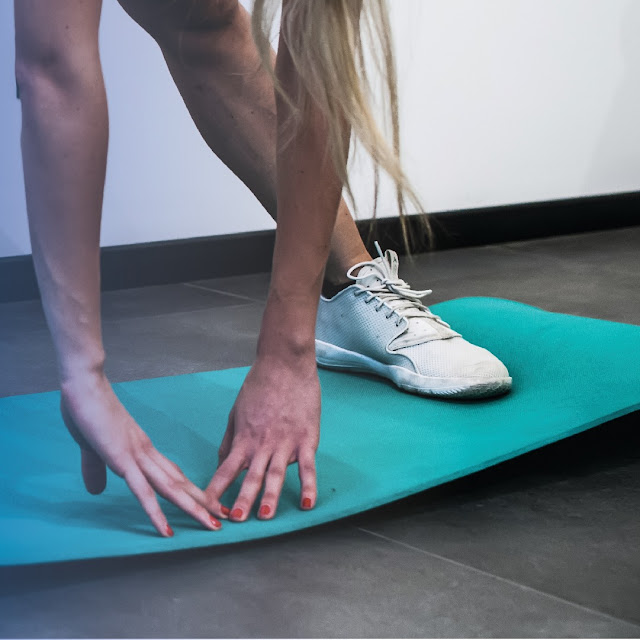Stretching: When and How to Do It
Should you stretch before a workout? After a workout? Do you really need to stretch at all? There are diverse opinions when it comes to stretching, but the general consensus is: yes, yes, and yes. Stretching is not just for elite athletes, or those who frequent fitness clubs. Everyone can benefit from stretching because it keeps the muscles flexible and lengthened, reduces the force to joints, prevents injuries, and can improve chronic problems like back pain. The older we get, the more our muscles shorten and lose their elasticity, so it’s important to begin stretching early in life to stave off the aches and pains associated with aging. If you’re a regular at a fitness gym, it’s even more important to include stretching in your workout routine, since you’re placing greater demand on your muscles.
Stretching Before
If you have to choose either before or after a health club workout to stretch, choose after, but be sure to get in a good 10-minute warmup. Some experts don’t think stretching before a workout is really necessary, but it does have benefits, especially incorporated into a warm-up routine. Before a workout, the goal of stretching is to warm up and get the blood flowing to your muscles – in other words, preparing them for the work ahead. This prevents injuries and maximizes your muscle engagement. The important distinction to make in stretching before a workout is the type of stretching that’s best. Rather than static stretching – what usually comes to mind when we think of stretching – incorporate dynamic or ballistic stretching, which involves movement. If you’ve ever watched a track event, you’ve probably seen this type of stretching: walking lunges, side to side knee bends, high knees, butt kicks, leg swings, standing cat/camel, etc. The concept is to move your muscles and joints fluidly through the range of motion they’ll be performing in the following workout. Athletes focus on specific muscles they’ll be depending on, but for fitness center regulars, it’s sufficient to aim for major muscle groups.
Stretching After
Immediately after a workout, you may not feel the need to stretch since your muscles feel loose and blood is pumping through every cell of your body. Shortly after a workout, however, muscles shorten, tighten, and start to feel sore. Dynamic stretching will decrease these effects and maintain your muscle flexibility, enabling faster recovery for the next session. Coupled stretches with foam rolling is even more effective. Here is a list of good stretches to perform after a workout, and if possible, and hour or so later when the lactic acid begins to set in:
Stretching isn’t just for elite athletes, but provides tremendous benefits to flexibility, muscle and joint health, workout safety, and recovery. If you don’t already, start including dynamic stretches in your warm-up routine, and stretch statically after your cool down. Your body will thank you for many years to come.




Comments
Post a Comment